Have you ever considered the accessibility of your home? For young and/or able-bodied folks, issues of accessibility may not come to mind when thinking of interior design. However, hosting an elderly family member, arranging a visit with a disabled friend, or even dealing with an injury or sickness yourself can quickly shine a light on the fact that your home is not designed with accessibility in mind.
As a Certified Aging in Place Specialist and member of the Virginia Beach Task Force on Aging, interior designer Michelle Nettles not only helps Tidewater homeowners create spaces that are personalized and beautiful, but can also help clients create more accessible homes.
Questions of access and interior design
So, back to our original question: Is your home visitable? Could someone in a wheelchair enter your home? Could they move through hallways and between rooms? Could they enter the bathroom? What about someone with arthritis? Could they turn the doorknobs and work the faucets?
These questions are often overlooked when remodeling a home because the homeowners don’t currently need to worry about things like wheelchair access or hard-to-turn doorknobs. But even for those who do not expect to face such challenges any time soon, remodeling with an eye to accessibility can pay off.
Demand for accessible design is on the rise
Due to the Baby Boomer generation, America has a rapidly growing population of seniors, causing a rise in demand for homes that feature “aging in place” features. At the same time, disabled veterans returning from Iraq and Afghanistan have caused a boom in the field of universal design, expanding accessibility from an issue mainly affecting the elderly to one that also affects the lives of younger homeowners. Together, these factors make accessibility something that all homeowners could benefit from including in their remodeling plans, simply by making their homes more appealing to a wider audience of people.
You don’t have to settle for less than beautiful
If you’re thinking that greater accessibility requires sacrificing aesthetics or breaking your budget, think again. That’s one of the things that makes universal design so exciting- you can make these changes without sacrificing style or breaking the bank. In fact, subtle changes like widening doorways or designing bathrooms with curbless showers not only look stylish, but also end up being less expensive and more visually appealing when included in a remodel. If you wait until you really need them to install these features, you’ll end up having to spend more in the long run, as well as settling for less elegant, more visually obtrusive solutions to problems like shower safety or wheelchair access.
Want to discuss your remodeling plans with a Certified Aging in Place Specialist? Give us a call at 757.306.6000 to make an appointment with MJN & Associates Interiors!


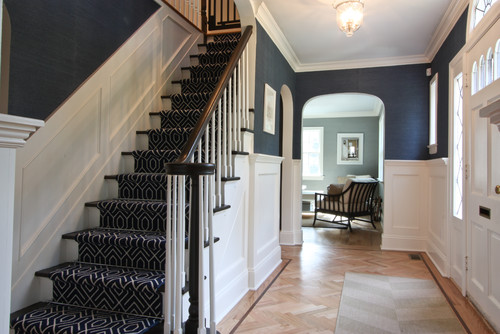
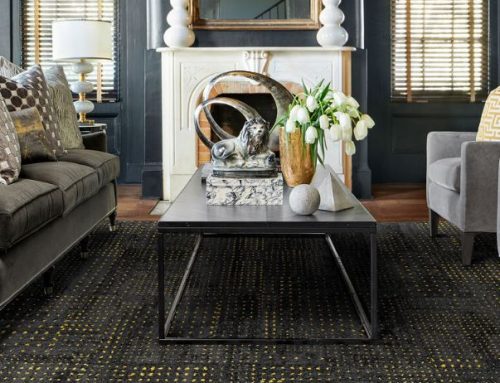
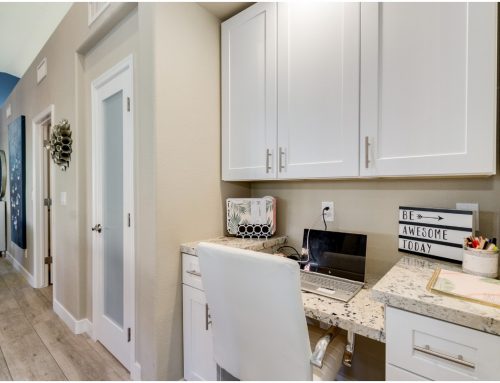
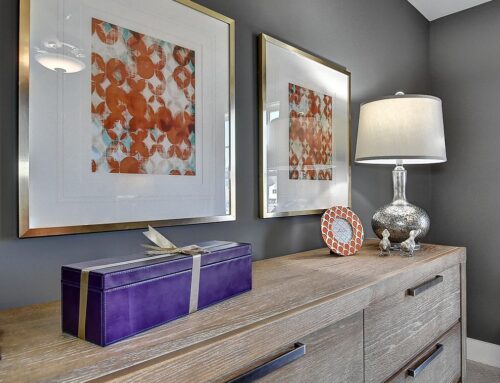
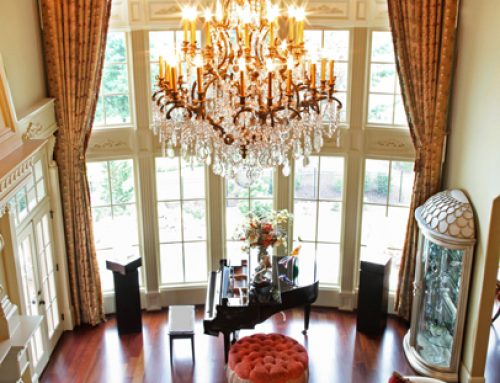
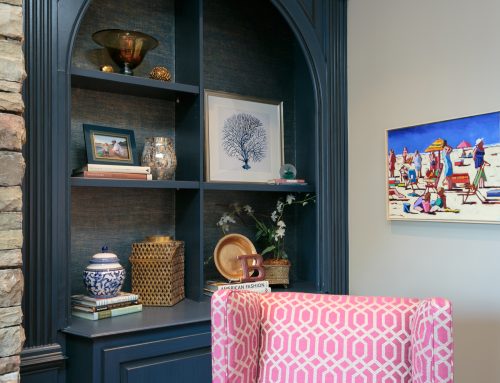
Leave A Comment